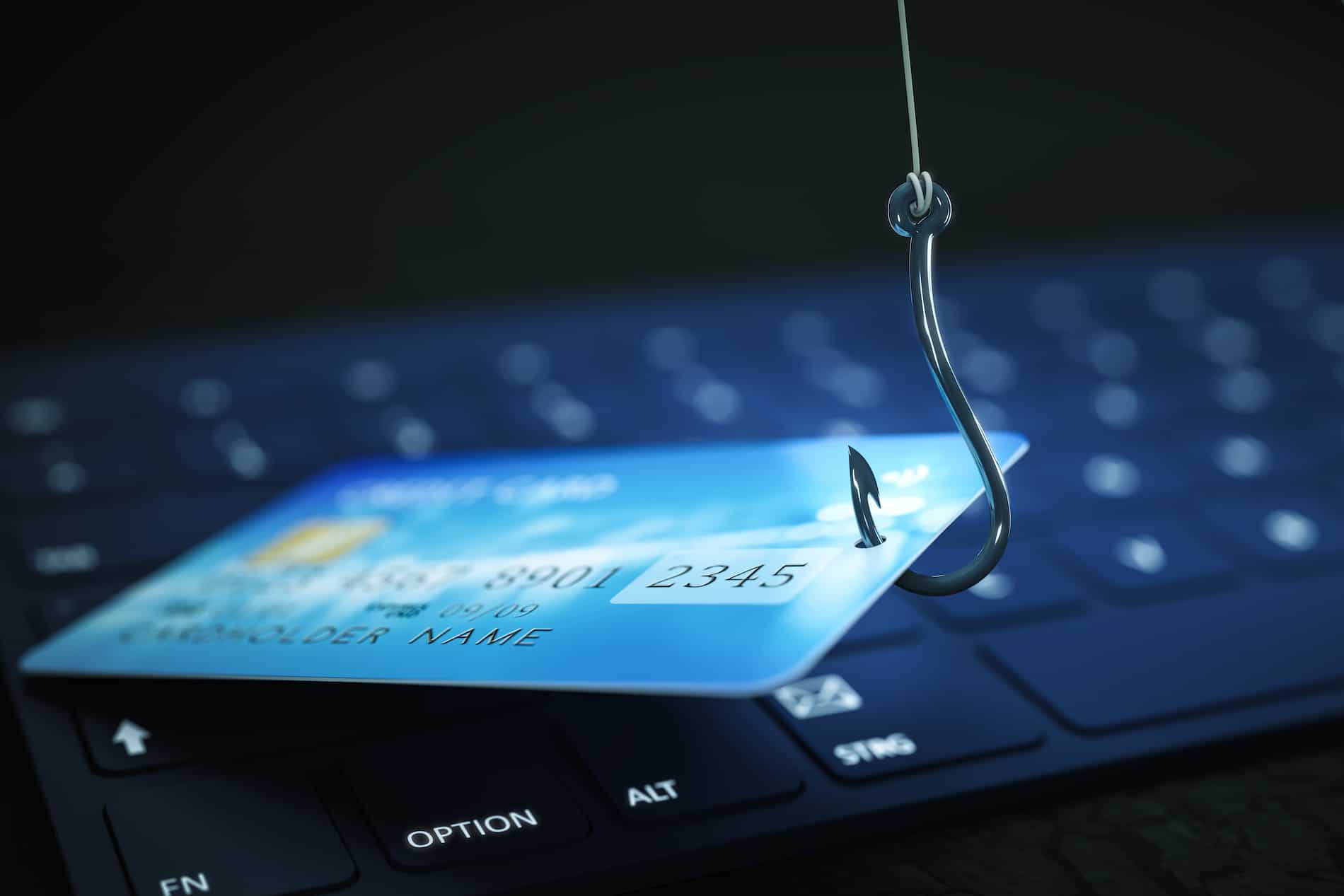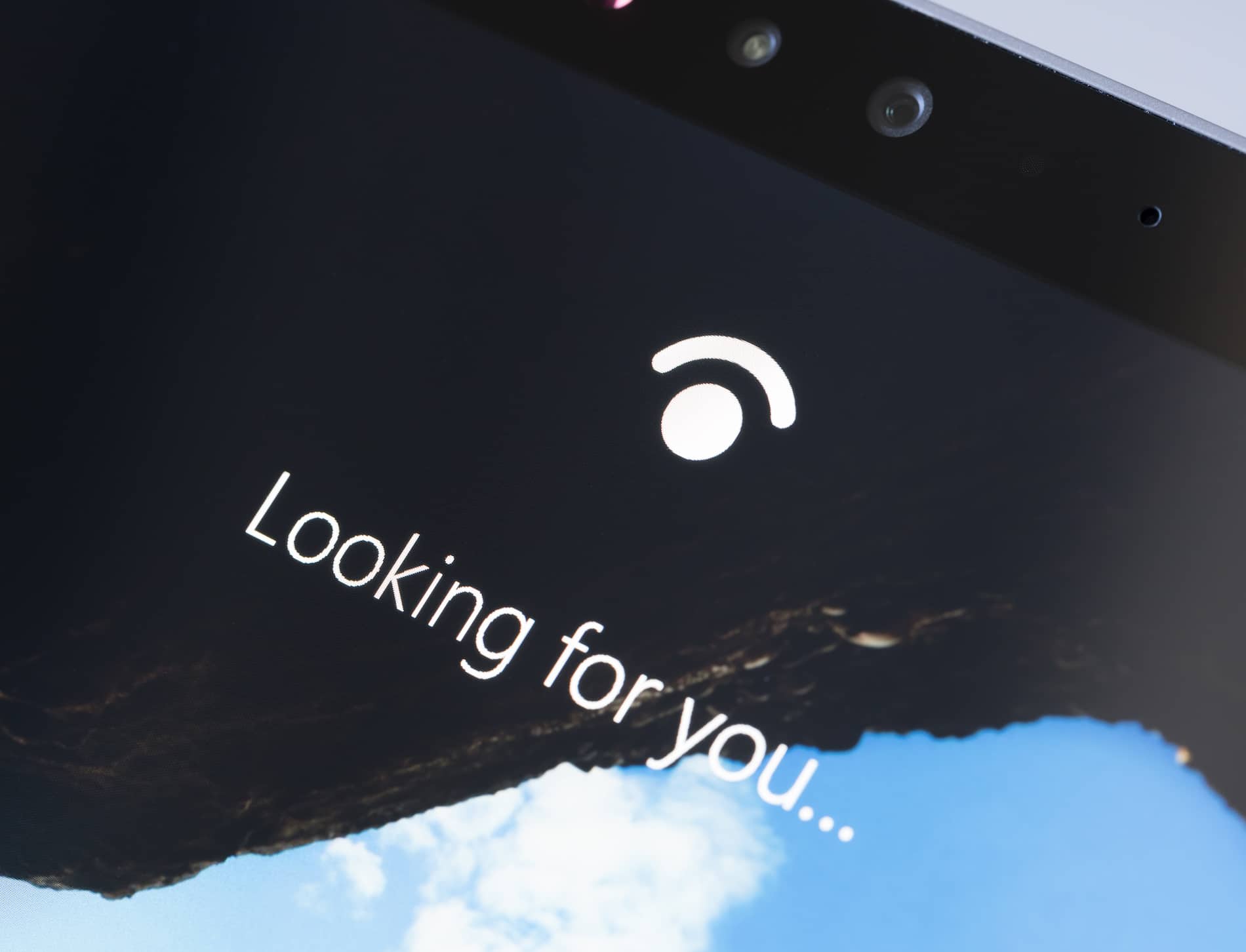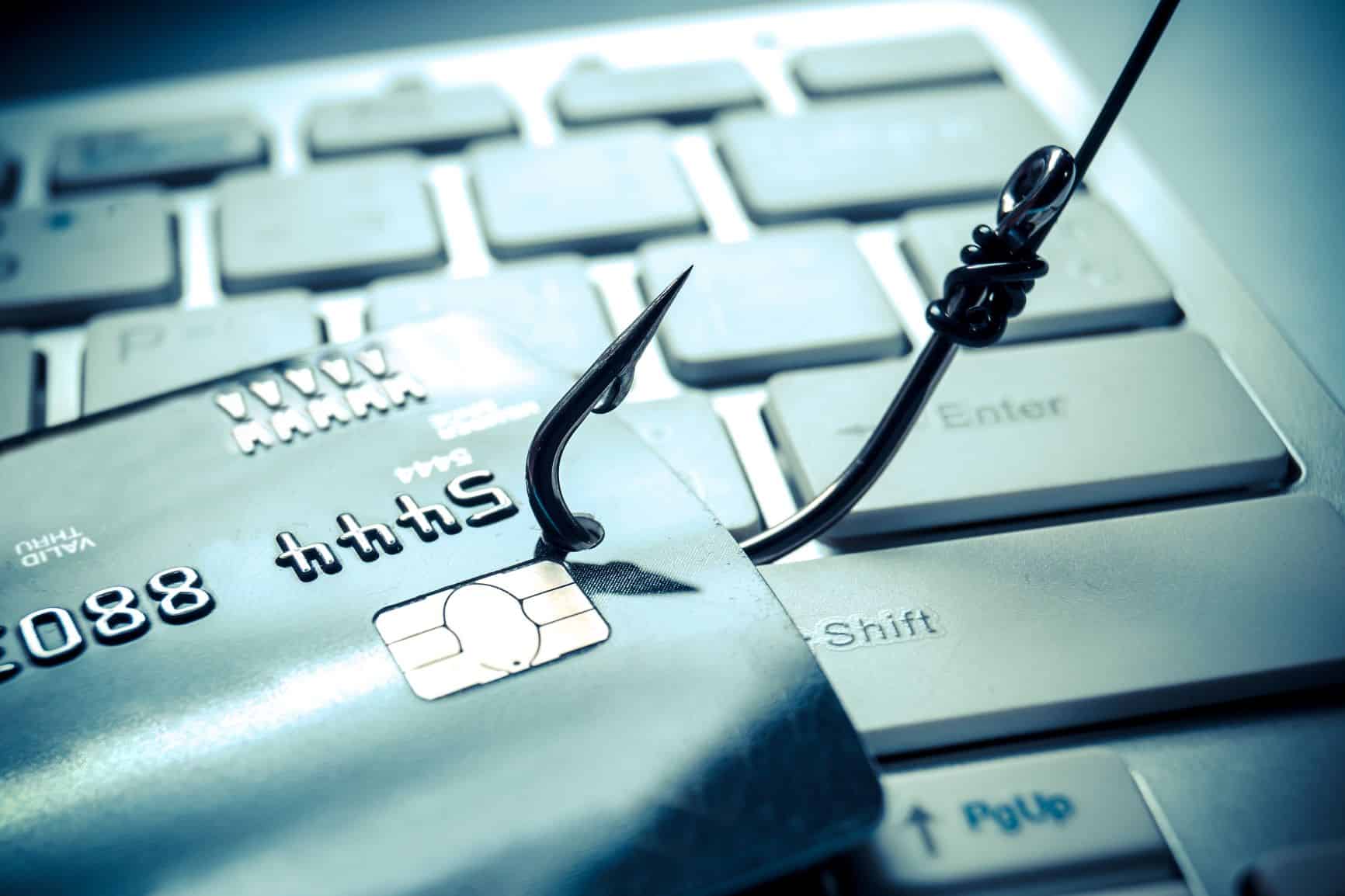Ransomware is a top threat, and it’s definitely not going anywhere anytime soon. To help you best combat it, let’s take a look at what you can do to keep ransomware from disrupting your organization and its operations. We’ll provide a brief overview of what ransomware is and what you can do to take the fight to it.
What is Ransomware: A Review
Ransomware is a type of malware that locks down a device or system until a ransom has been paid. It’s been around for quite some time, and it has only grown more dangerous since. Trend Micro reports that 84 percent of organizations have experienced either phishing or ransomware in the past year, with the two often going hand-in-hand.
There are plenty of innovations that modern ransomware has brought with it, along with countless ways for it to weasel its way past even the most carefully-laid defenses. Instead of simply infecting devices, hackers now use ransomware to steal and leak data if the ransom is not paid, which creates a lot of problems from a compliance standpoint. Furthermore, some cyber criminals offer ransomware-as-a-service to anyone willing to pay for these attacks. Sometimes hackers will even fake ransomware attacks just to make a quick buck, claiming that they have infected a PC when in reality they simply haven’t.
So, how does your business take the fight to ransomware? We hope to answer that question here.
What to Do to Face Down Ransomware
The precautions taken against ransomware have been consistent, but more advanced variants require more complicated measures. The best way to combat ransomware used to be storing a data backup off-site, but now that ransomware has started using the above-outlined double-extortion methods, this is not always guaranteed to be effective. While we always recommend data backup in the first place, a backup is not the best way to protect against ransomware anymore. The best way to secure your business is to utilize multiple measures, including the following:
Keeping Defenses Up-to-Date
Ransomware can be stopped by some basic security solutions, like firewalls and antivirus programs, so don’t neglect these protections. It’s important to keep them up-to-date. The same goes for any patches or security updates to your business’ chosen solutions. Of course, we do recommend using more advanced protections, as well. You should implement a monitoring solution to keep tabs on your infrastructure—especially with email. If possible, have your IT resource configure your email gateway to scan ZIP attachments and block executable files. Long story short, the fewer ransomware attempts that your employees are exposed to, the less likely you are to suffer from one.
Educating and Evaluating Users
On that same note, you need to make sure your team is aware of these threats and how to address them. Ideally, your staff will never encounter a ransomware attempt, but we rarely run business in an ideal world. Your employees will be the last line of defense against these attacks, so be sure they are armed with the knowledge to spot one. You should also make sure that you are regularly testing your employees to ensure they can put this knowledge into practice. Simulated attacks against your infrastructure can help to identify personnel who need a refresher on how to appropriately handle security issues with your business.
Following Zero-Trust Policies
There is always the possibility that one of your users will accidentally fall victim to a threat. This is why it is so terribly important to minimize the damage done as a result of an attack. A zero-trust policy is one way you can make sure this happens, as you are effectively limiting network access until you can guarantee the identity of the user. Furthermore, we also recommend enabling multi-factor authentication whenever possible. This gives you more of a buffer between threats and their targets.
Maintaining Backup Practices
Some attacks will take advantage of businesses that properly back up their data, but not all of them will. In any case, it never hurts to have data backup in place. It’s one cybersecurity practice that all companies should use, no matter what.
Ransomware is a Challenging Threat—We Can Help You Address It
4 Corner IT can help your business keep itself safe. To learn more, reach out to us at 954-474-2204.






